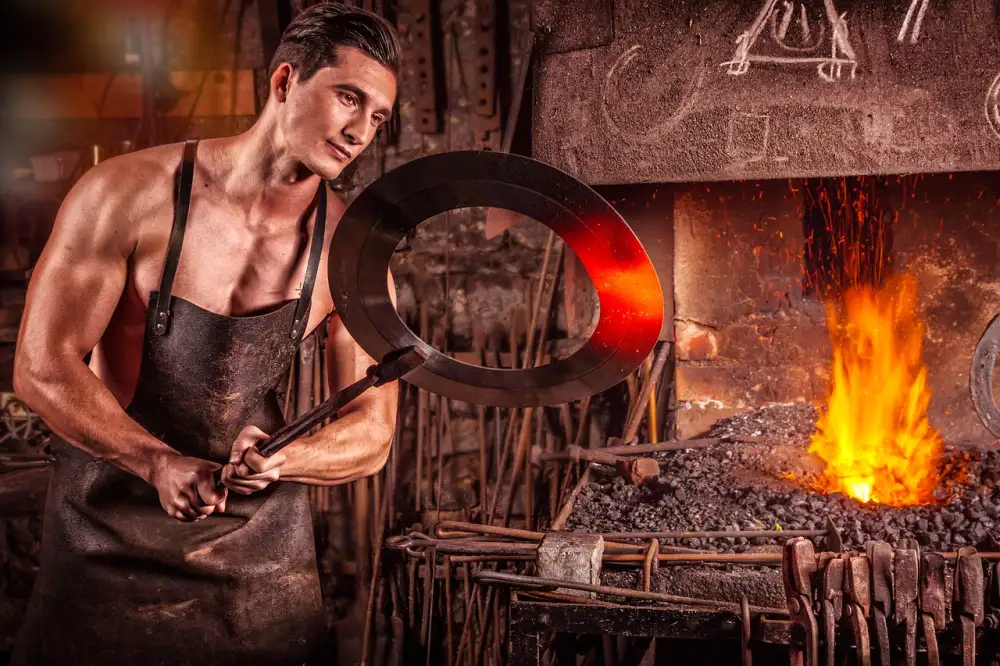Mastering Culinary Magic: Unleashing the Power of a Convection Oven in Your Home Kitchen

Convection ovens have revolutionized the way we cook by utilizing a fan to circulate hot air around the food. This constant airflow ensures even heat distribution, resulting in faster and more consistent cooking. Unlike conventional ovens, convection ovens cook food more efficiently at lower temperatures, making them a popular choice for home cooks looking to elevate their culinary skills. Whether you're baking, roasting, or broiling, a convection oven can help you achieve professional-quality results right in your own kitchen.
How Convection Ovens Work
Convection ovens work by using a fan to circulate hot air around the food being cooked. This constant circulation of hot air ensures that heat is distributed evenly throughout the oven, cooking food more quickly and efficiently than conventional ovens. The fan helps to maintain a consistent temperature inside the oven, which can result in faster cooking times and more even browning of foods. Additionally, the circulating air helps to remove moisture from the surface of the food, creating a crispy exterior while keeping the interior moist and tender. Overall, convection ovens are a great tool for achieving professional-level results in your home kitchen.
Benefits of Using a Convection Oven
**Benefits of Using a Convection Oven**
Convection ovens offer several advantages that make them a valuable addition to any kitchen. Firstly, they cook food faster and more evenly than conventional ovens due to the circulation of hot air. This results in shorter cooking times and more consistent results. Additionally, convection ovens are energy efficient as they can operate at lower temperatures while still achieving the same cooking outcomes. They also help to reduce moisture loss in food, keeping dishes moist on the inside while achieving a crispy exterior. Lastly, convection ovens are versatile and can be used for baking, roasting, and even crisping up leftovers.
Tips for Cooking with a Convection Oven
When cooking with a convection oven, there are a few key tips to keep in mind to ensure optimal results. Firstly, it's important to reduce the cooking temperature by about 25 degrees Fahrenheit compared to traditional recipes as convection ovens cook food faster and more evenly. Additionally, it's recommended to use shallow pans or baking sheets with low sides to allow for proper air circulation. Rotating your dishes halfway through the cooking process can also help ensure even browning. Lastly, avoid overcrowding the oven to allow hot air to circulate freely around the food for consistent cooking. By following these tips, you can make the most of your convection oven and achieve delicious results every time.
Cleaning and Maintenance of Convection Ovens
Cleaning and maintaining your convection oven is essential to ensure its optimal performance and longevity. To clean the interior, remove any crumbs or debris after each use and wipe down the surfaces with a damp cloth. For tougher stains, mix baking soda with water to create a paste and scrub gently. The removable racks can be soaked in warm, soapy water and scrubbed clean. Remember to regularly check and replace the oven's air filter if it has one. Additionally, schedule professional maintenance checks at least once a year to keep your convection oven running smoothly for years to come.
Popular Recipes to Try in a Convection Oven
1. Roast Chicken: A convection oven's even heat distribution ensures a crispy skin and juicy meat. Season the chicken with herbs and spices, then roast at 375°F for about 1 hour.
2. Baked Goods: Cookies, cakes, and pastries come out perfectly in a convection oven due to consistent temperature control. Bake at the recommended temperature but reduce cooking time by 25%.
3. Roasted Vegetables: Enjoy caramelized edges and tender insides by roasting vegetables like carrots, potatoes, and Brussels sprouts at 400°F for 20-30 minutes.
4. Pizza: Achieve a crispy crust and evenly melted cheese by baking your favorite pizza on a preheated pizza stone in the convection oven at 450°F for 12-15 minutes.
5. Salmon Fillets: Seal in moisture and flavor by roasting seasoned salmon fillets at 425°F for 12-15 minutes until flaky and delicious.
Experiment with these recipes to unleash the full potential of your convection oven and elevate your culinary creations to new heights!
In conclusion, incorporating a convection oven into your home kitchen can truly elevate your culinary experience. The even heat distribution and faster cooking times make it a valuable tool for both amateur cooks and seasoned chefs alike. By understanding how convection ovens work and following the tips provided, you can unleash the full potential of this appliance. Experiment with popular recipes tailored for convection ovens to discover new flavors and textures. Remember to maintain and clean your convection oven regularly to ensure its longevity and efficiency. Embrace the magic of convection cooking and watch as your dishes reach new levels of perfection.
Published: 06. 05. 2024
Category: Home



